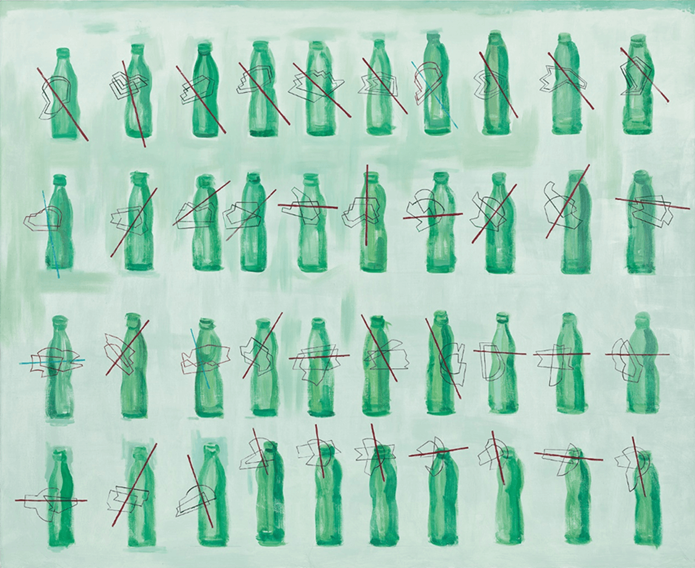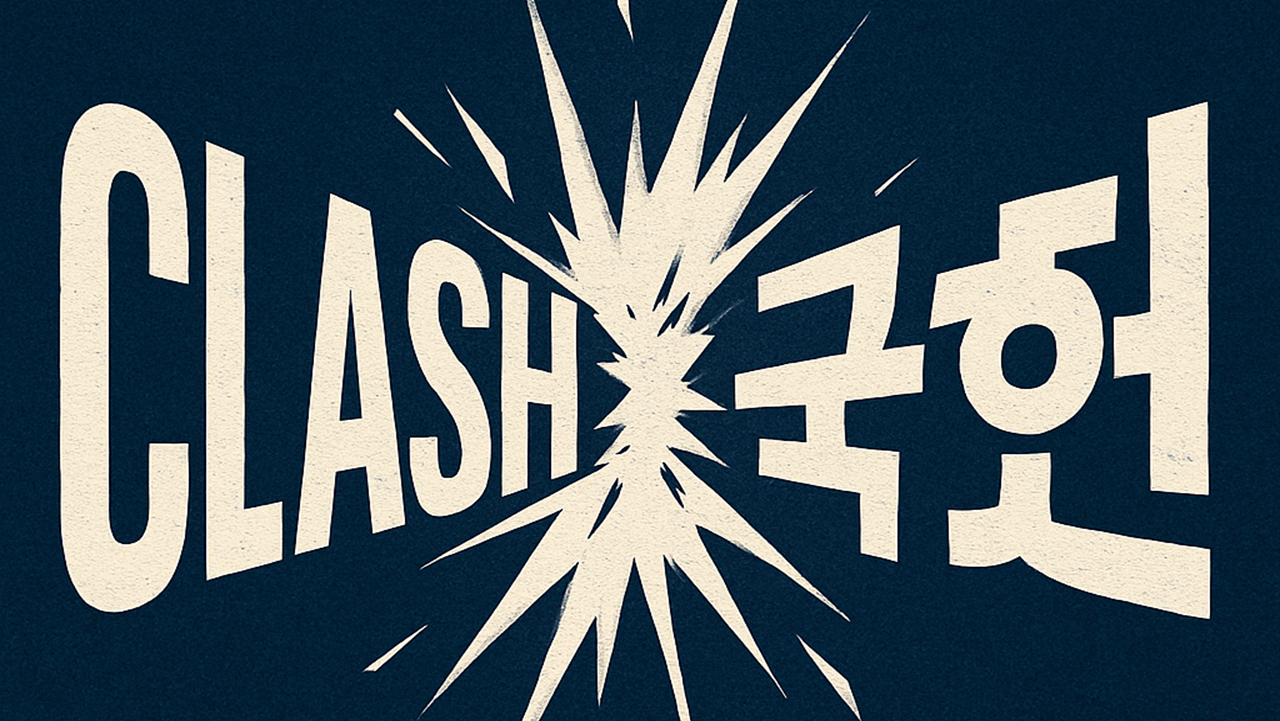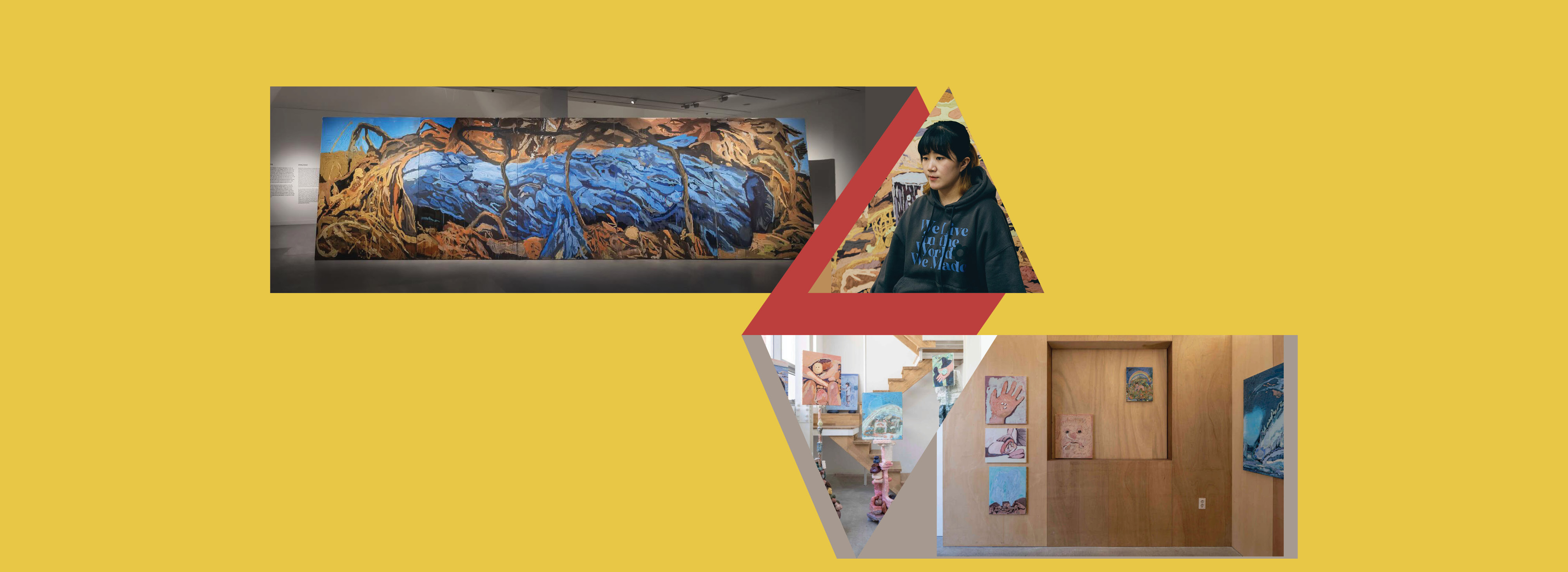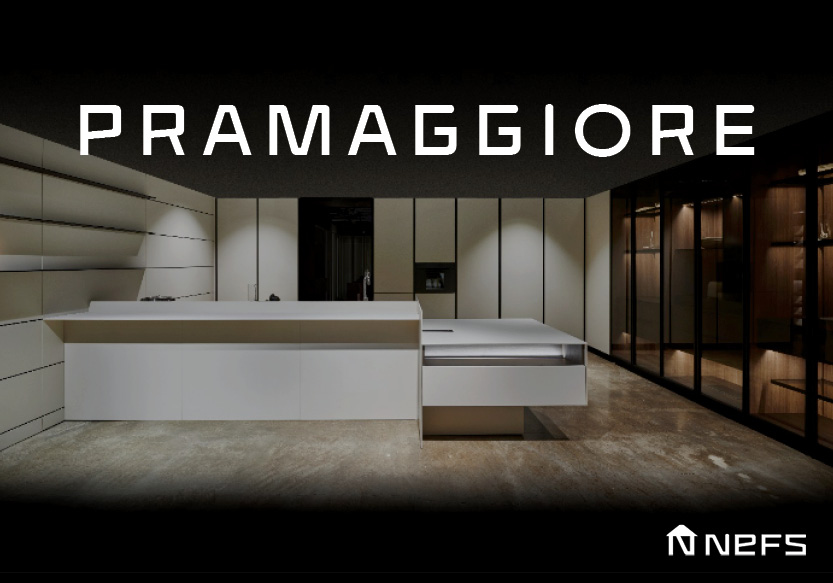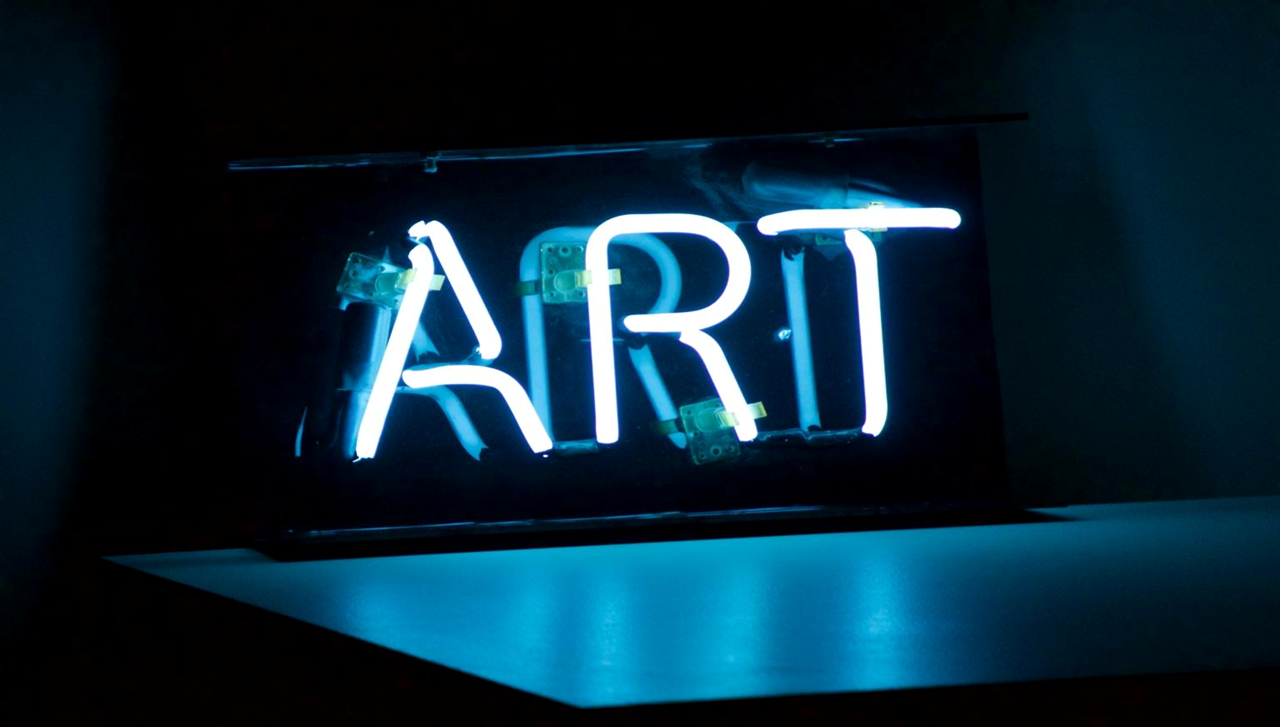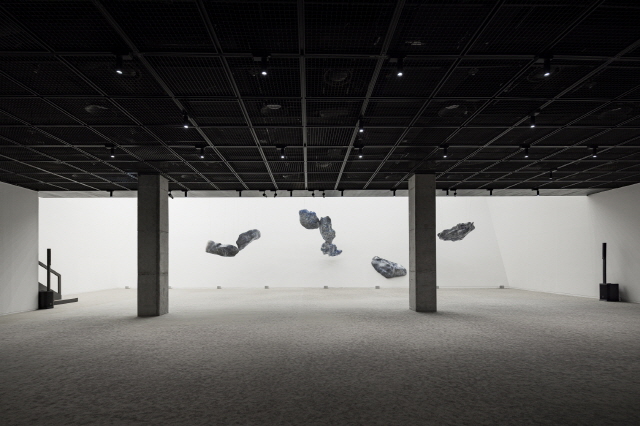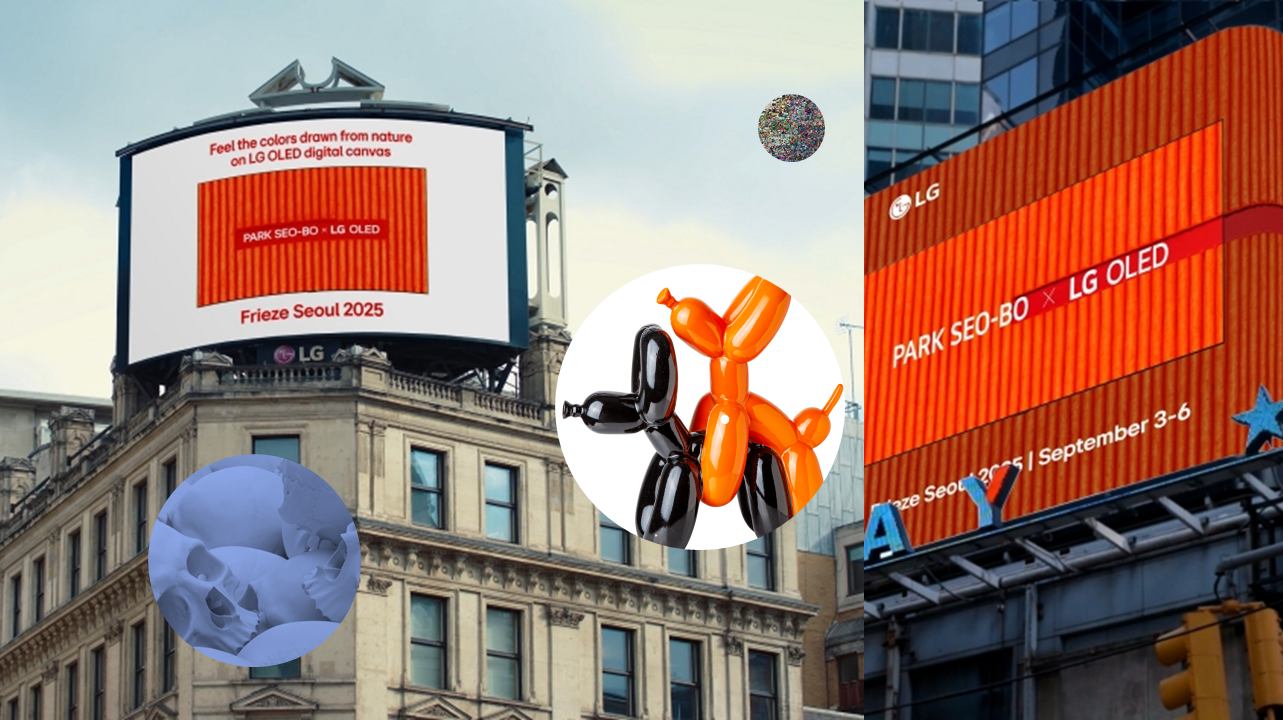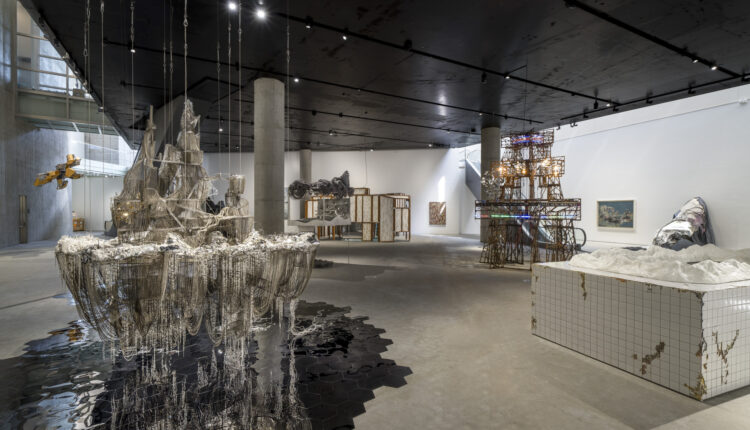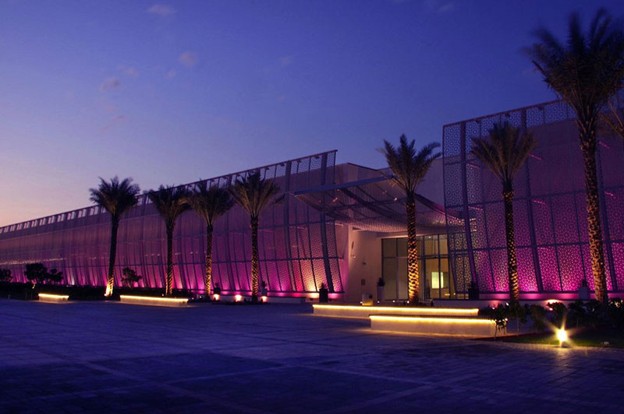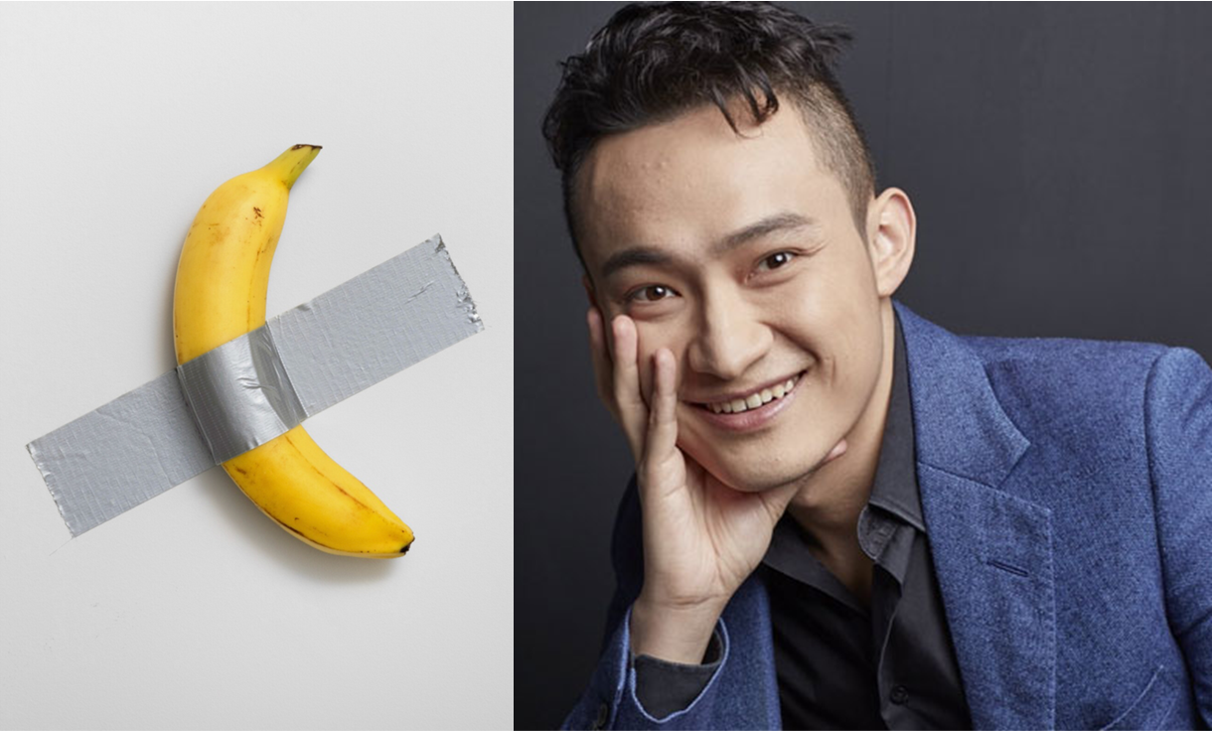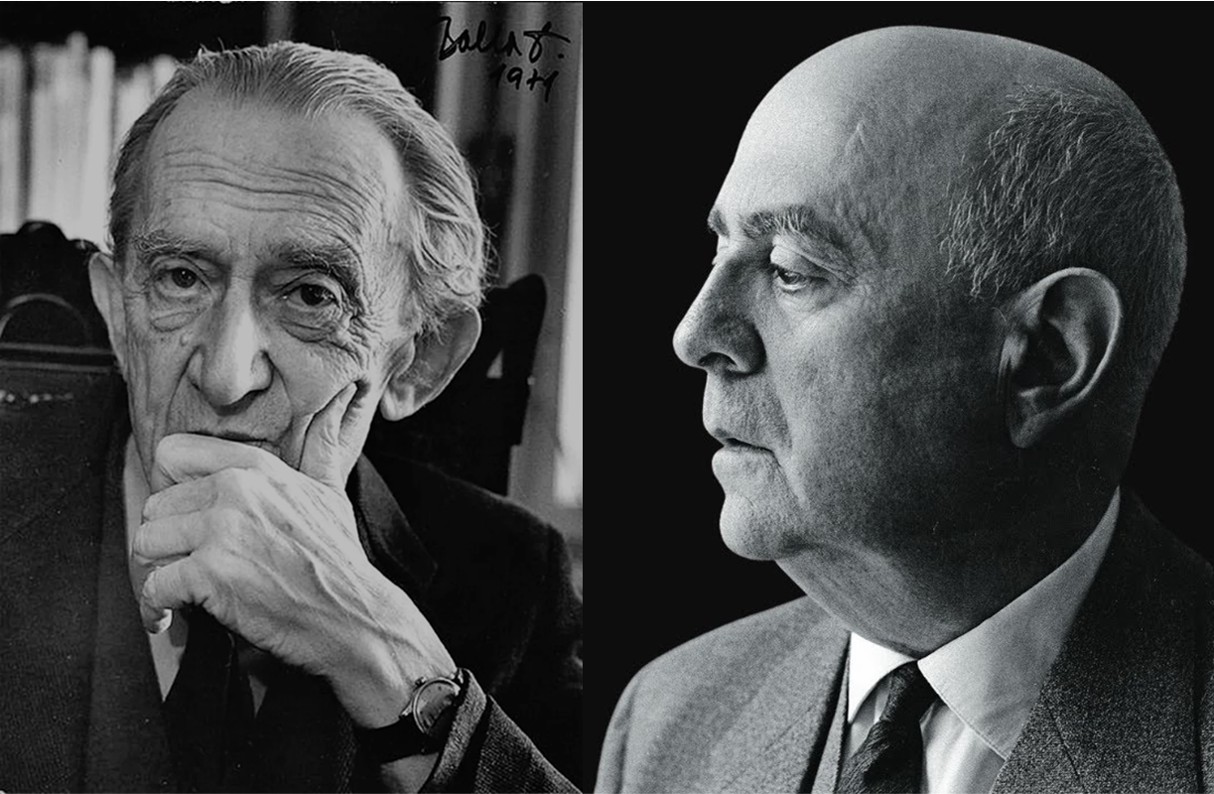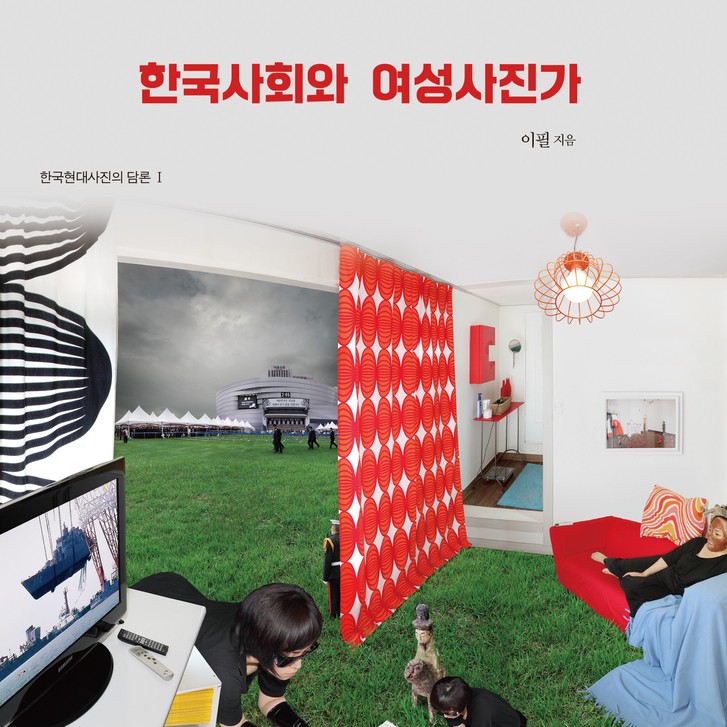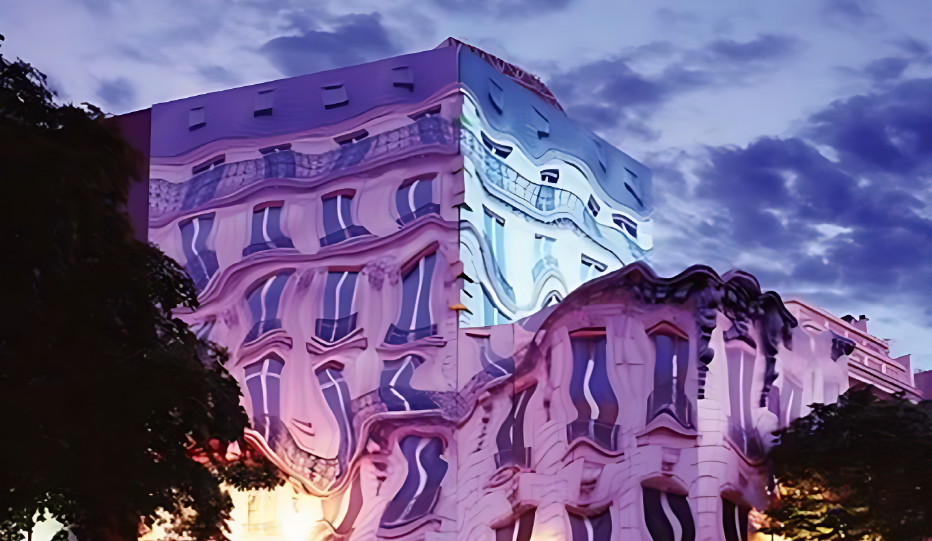Why
does the Korean art world depend on external discourse?
In
Korean contemporary art, the dominance of external theories is not simply a
matter of imitation or personal preference. It results from a long-accumulated
structure shaped by art education, institutional frameworks, and evaluation
systems within the art market and public institutions.
Concepts
such as postcolonialism, diaspora theory, Western gender theory,
intersectionality, and identity politics are widely used not because Korean
artists favor them individually, but because the system itself makes it
structurally difficult to construct one’s own language. To understand this
phenomenon, we must examine how the Korean art world has produced a vacuum in
which external discourse fills the gaps that the system itself created.
The
educational structure and the emergence of a linguistic void
Korean
art schools have long maintained a studio-centered curriculum. Theory courses,
when offered, often rely on translated texts from the 1980s–1990s or general
surveys of Western modern and contemporary art.
Meanwhile,
contemporary global art—post-material installations, post-internet practices,
AI-based creation, archive-centered works, posthuman discourse, and newly
emerging non-Western art geographies—appears minimally, if at all, in actual
instruction.
Postcolonial
or diaspora theories, once central to Western academia, are still taught in
Korea largely through outdated translations, even though global art discourse
today has shifted toward far more diverse and multi-layered perspectives.
In
this educational vacuum, students graduate without the ability to articulate
their own experiences in a contemporary artistic language. As a result, they
naturally gravitate toward pre-existing external concepts as the easiest tools
for explaining their work.
The
institutionalization of overseas study and the “re-importation” of discourse
Studying
abroad offers artists valuable exposure, but as generations of overseas-trained
artists have occupied key positions—professors, curators, museum staff—the
Western theories they learned abroad have become institutional standards in
Korea.
Consequently,
concepts such as poststructuralism, Foucauldian power/knowledge, postcolonial
theory, Judith Butler’s gender performativity, Donna Haraway’s posthumanism, or
Deleuze & Guattari’s rhizome were adopted not through a process of
re-contextualization, but as ready-made answers.
With
limited training in reconstructing these ideas through Korean social reality,
external theories became “concepts to import,” and many artists perceived them
as the safest and most institutionally advantageous choice. External discourse
thus turned from an option into an institutional habit.
How
competitions, residencies, and institutional evaluations reinforce this
linguistic structure
In
Korea, the texts required for entry into the art system—portfolios, residency
applications, competition statements—often prioritize “global language
standards” over the substance of the artwork.
Words
like “boundary”, “identity”, “memory”, “trauma”, “otherness”,
“migration”, and “gender politics”—terms borrowed from
postcolonial, feminist, or identity-based theories—are frequently used
regardless of whether they genuinely emerge from the artist’s lived context.
What matters is the impression of conceptual completeness rather than
conceptual relevance.
The
issue is that these terms function as conceptual templates rather than
questions rooted in Korean reality. The work becomes not a site for generating
inquiry but a case study to confirm an imported theory. The artist’s experience
is reduced to supporting material.
Global
art’s rapid shifts and the disconnect within Korean art education
Contemporary
global art is evolving rapidly.
Ecological transitions, technology and AI, bio-art, posthumanism, expanded
regional perspectives, postcolonial-after neoliberal critique, and Global South
discourse are already central topics in major institutions.
Yet
Korean art schools remain largely disconnected from these developments.
Case studies of contemporary artists, analyses of new institutional models, and
the expansion of non-Western perspectives rarely appear in curricula or
teaching materials.
Students
graduate without an understanding of contemporary global standards. The
repetition of external theories thus becomes an inevitable response
produced by a lack of access to current information.
How
four artists exemplify a mode of reconstruction—not imitation
Kimsooja,
Do Ho Suh, Lee Bul, and Haegue Yang did not simply apply external discourse.
Their practices begin with Korean lived realities, and from that starting
point, new relationships with external theory organically emerge.
Kimsooja’s
work stems from lived experiences of Korean womanhood, labor, family, and
mobility—translated through bodily action, sewing, and textile
materiality—before intersecting with discussions of migration or gender.
Do
Ho Suh begins not with identity theory, but with deeply Korean spatial
structures—semi-basement apartments, narrow alleys, multi-unit homes—and
transforms them architecturally and sculpturally into questions of place and
subjectivity.
Lee
Bul’s early works confront bodily discipline, social control, and patriarchal
violence specific to Korean society. The work’s connection to global gender or
body politics came later, as a result of these investigations rather than as a
theoretical starting point.
Haegue
Yang transforms domestic Korean objects, textures of labor, and folk materials
into sensory systems before those structures intersect with global discourses
on mobility or “in-betweenness.”
For
all four, external theories were not ‘explanatory tools’ but emergent
points of contact produced by their own experience-based languages.
Toward
a future direction for Korean art
To
move beyond the repetition of external discourse, Korean contemporary art does
not need more imported theory. It needs the ability to construct
questions from its own reality and to organize those questions into
visual and conceptual form.
Korea’s
lived terrain—division and compressed growth, family structures, urban speed,
religion and regionality, class imbalances, and technological shifts—is not
merely a set of themes but a vital sensory and conceptual foundation for art.
Through
sustained interpretation, comparison, and reconstruction of this reality,
Korean art can shift from being a consumer of external ideas to a producer of
new discourse.
This
requires updates in art education, greater productivity in Korean criticism and
curation, and evaluation systems that prioritize experiential grounding over
theoretical fluency. Structural change will take time, but accumulated in the
right direction, it can finally open a space where Korean contemporary art
builds its own linguistic horizon rather than operating in the shadow of
external theories.



